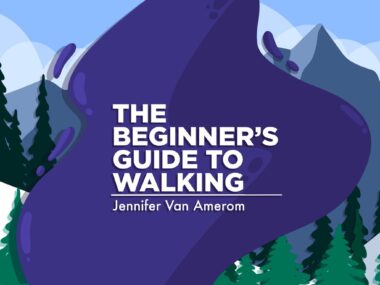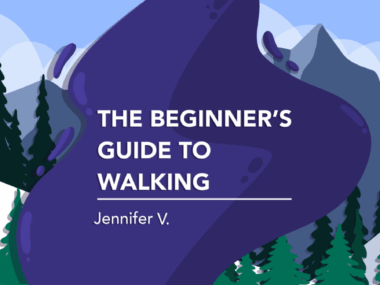How the power of visualization helps me manage NMOSD
Mental imagery makes it easier to cope with pain, anxiety, and other symptoms
Written by |

During my recent family vacation, I made sure to take several mental pictures of the beach, sunrise, and calming blue skies. Over the past 15 years of living with neuromyelitis optica spectrum disorder (NMOSD), I’ve found it important to incorporate complementary therapies such as visualization, which has gotten me out of several tough spots. This practice has many potential benefits, particularly for NMOSD patients.
Visualization, also known as mental or guided imagery, involves creating vivid mental images to influence one’s physical and emotional state. This technique taps into the brain’s power to promote relaxation, reduce stress, and even assist in physical healing. In the context of chronic illnesses like NMOSD, visualization can be used as a tool to manage pain, anxiety, and fatigue while helping patients regain a sense of control over their condition.
I use visualization on a regular basis and started doing so even before I knew what it was called. Every time I’m stuck in an MRI machine and need to stay still for at least half an hour — a stressful situation — I use visualization. Suddenly my mind takes me to a favorite memory, such as standing on a mountaintop with my snowboard or resting on the beach with a book.
Tapping into the power of visualization
Visualization helps me manage pain, a common NMOSD challenge, especially when it interrupts my sleep. By focusing on soothing imagery — envisioning my body as a vessel filled with healing light, or visualizing warmth spreading through the painful extremity — I can distract myself from discomfort and alter my perception, usually long enough for my pain medication to kick in or I finally fall asleep.
This mental imagery reduces my pain intensity and increases my already high pain tolerance. While visualization may not eliminate the pain, it does provide me with some relief and makes daily life more manageable.
Visualization isn’t just about managing physical symptoms. Living with the unpredictability of flare-ups and concerns about future disability can be emotionally overwhelming. Visualization helps me alleviate those feelings by creating a peaceful, calming mental image.
For example, when I feel the start of a potential panic attack, I like to think about standing at the edge of the beach, and I swear I can feel my toes in the sand and the breeze on my face. This sensation helps reduce my body’s stress response, lowering my heart rate and blood pressure.
Chronic illness often brings about feelings of helplessness, depression, and frustration, all of which I’ve dealt with this year alone. Visualization can help me combat these emotions by encouraging me to focus on my inner strength and resilience. This year I started to work with a physical trainer, and I now know I can deadlift 120 pounds at the gym, something I never thought possible.
Visualizing myself as the strong and capable person I’ve become during tough NMOSD moments bolsters my confidence and gives me hope for my future. Over time, this positive mental reinforcement has reduced my feelings of despair and improved my overall emotional well-being.
Visualization has been paramount in reaching goals I never thought I’d come close to. During physical therapy or exercises to regain my mobility, I imagine my body healing and my muscles strengthening. According to my trainer, this technique has been used successfully in sports psychology to help athletes recover from injuries, and it can similarly benefit NMOSD patients by fostering a connection between mind and body. Visualizing the body as healthy and strong may even accelerate physical recovery by encouraging patients to push past mental barriers and work toward regaining their physical abilities. That’s worked for me on more than one occasion.
It takes time to understand how visualization works, and lots of practice is needed before it’s effective. However, once you figure out what mental imagery motivates you, you’ve gained a powerful tool.
Note: Neuromyelitis News is strictly a news and information website about the disease. It does not provide medical advice, diagnosis, or treatment. This content is not intended to be a substitute for professional medical advice, diagnosis, or treatment. Always seek the advice of your physician or other qualified health providers with any questions you may have regarding a medical condition. Never disregard professional medical advice or delay in seeking it because of something you have read on this website. The opinions expressed in this column are not those of Neuromyelitis News or its parent company, Bionews, and are intended to spark discussion about issues pertaining to neuromyelitis optica spectrum disorder.







Leave a comment
Fill in the required fields to post. Your email address will not be published.